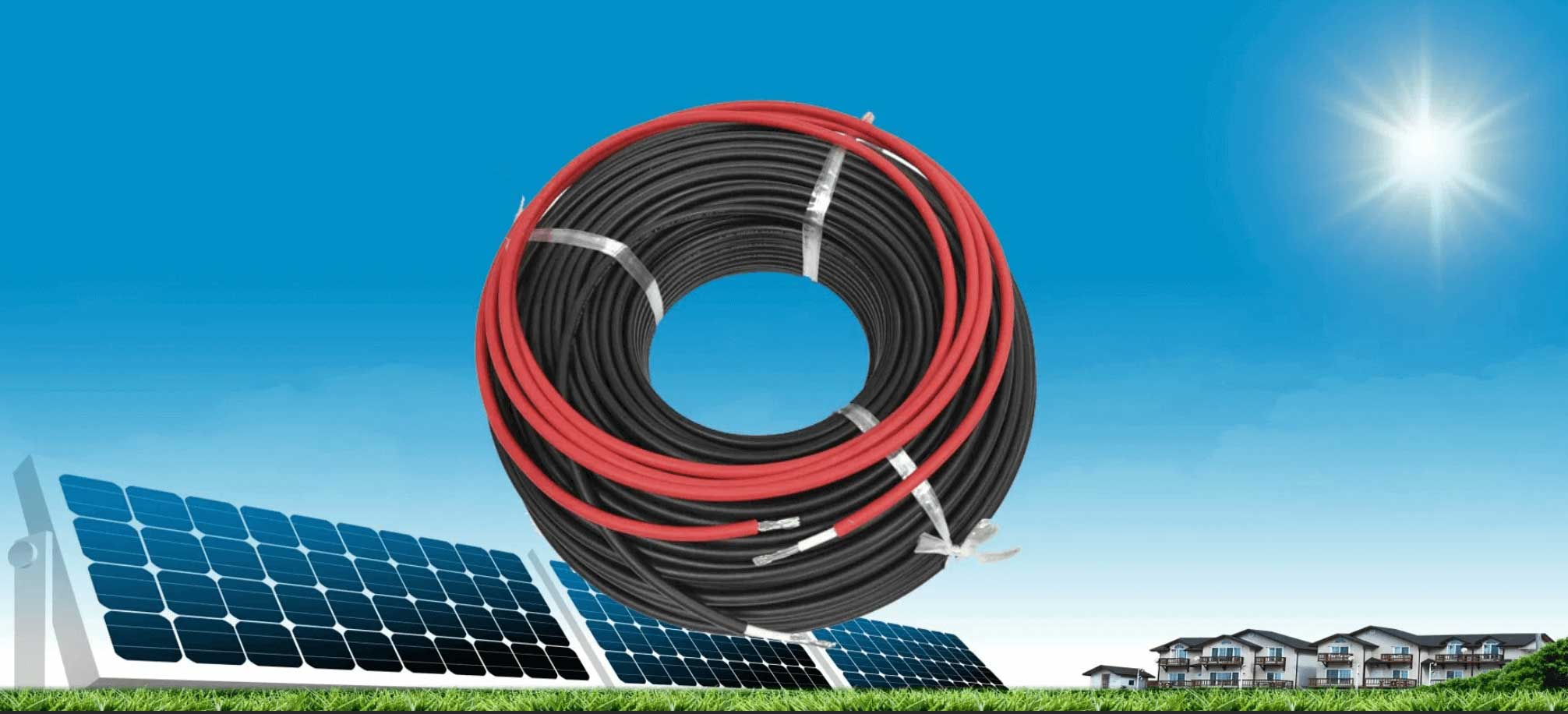Photovoltaic cables
QZ Cable has a strong ability to provide custom cable assemblies that are designed to withstand outdoor conditions in solar energy applications.
Get a free quote by E-mail:info@cable-uni.comPhotovoltaic cables connect individual solar panels within a solar array, forming the electrical circuit that collects the DC power generated by the panels.
Connecting Solar Panels to Inverters:The cables transmit the DC electricity from the solar panels to the inverters, where it is converted into AC power for use in homes or businesses.
Linking Components in the DC Side:Photovoltaic cables connect components on the DC side of the system, such as combiner boxes, charge controllers, and DC disconnects.
Routing and Managing Electrical Connections:
Throughout the photovoltaic system installation, photovoltaic cables are used for routing and managing electrical connections, ensuring a well-organized and efficient system.
Carrying Power Safely:The cables must be designed to carry the generated power safely, considering factors such as current carrying capacity, voltage ratings, and temperature resistance.
Proper selection and installation of photovoltaic cables are essential to ensure the overall performance, safety, and reliability of the photovoltaic system. Compliance with relevant standards and codes must meet the requirements of the specific installation. DC photovoltaic cables
DC photovoltaic cables and
AC photovoltaic cables are used to connect different components within a solar power system. Here's a breakdown of the components each type of cable is typically used to connect:
DC Photovoltaic Cables:Solar Panels (PV Modules): DC photovoltaic cables are used to connect individual solar panels or photovoltaic modules within a solar array.
Combiner Boxes: In larger solar installations, combiner boxes combine the output from multiple solar panels. DC cables connect the solar panels to the combiner box.
Solar Inverters: DC photovoltaic cables connect the output of the combiner box or individual solar panels to the input of the solar inverters. Inverters convert the DC power generated by the solar panels into AC power.
Charge Controllers (if applicable): In off-grid or hybrid solar systems with energy storage, charge controllers may be used. DC cables connect the solar panels to the charge controllers, which regulate the charging of batteries.
DC Disconnects: DC disconnect switches are used for safety and maintenance purposes. DC photovoltaic cables connect the solar panels to the DC disconnects.
Cable Routing and Management: Throughout the solar array, DC cables are used for routing and managing the electrical connections between solar panels, combiner boxes, inverters, and other components.
AC Photovoltaic Cables:Solar Inverters: AC photovoltaic cables connect the output of the solar inverters to the building's electrical distribution system or the electrical grid.
AC Disconnects: AC disconnect switches are used for safety and maintenance purposes on the AC side of the system. AC photovoltaic cables connect the solar inverters to the AC disconnects.
Distribution Panels and Breakers: AC cables transmit electricity from the solar inverters to distribution panels and circuit breakers within the building's electrical system.
Grid Connection (if applicable): In grid-tied solar power systems, AC cables connect the solar inverters to the electrical grid. Excess electricity generated by the solar panels can be fed back into the grid.
Monitoring and Control Systems: AC cables may be used to connect monitoring and control systems that allow users to monitor the solar power system's performance and optimize its operation.
It's important to note that while DC cables are used in the solar array itself, AC cables are involved in the transmission of electricity within the building or to the grid. Using both types of cables ensures the efficient and safe operation of a solar power system. Proper installation practices and compliance with electrical codes are crucial to the performance and safety of the overall system.
